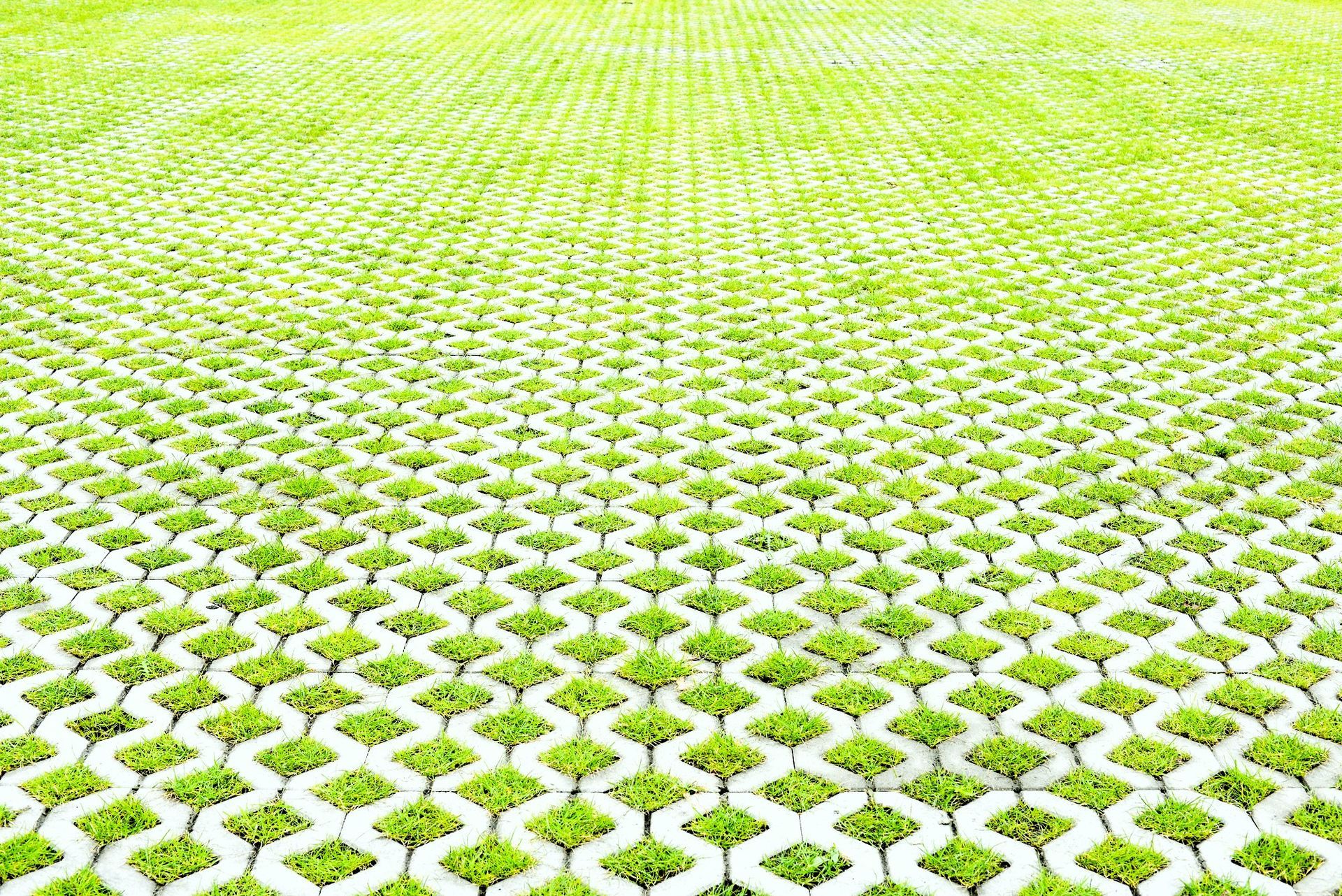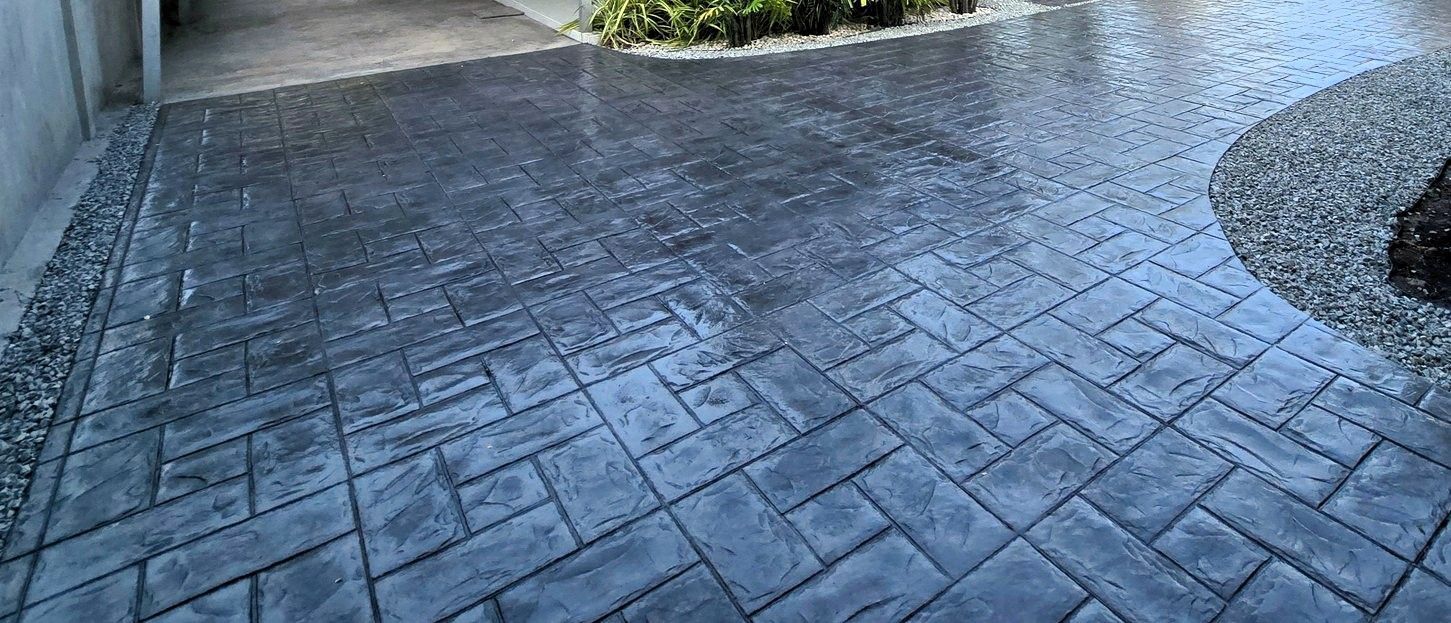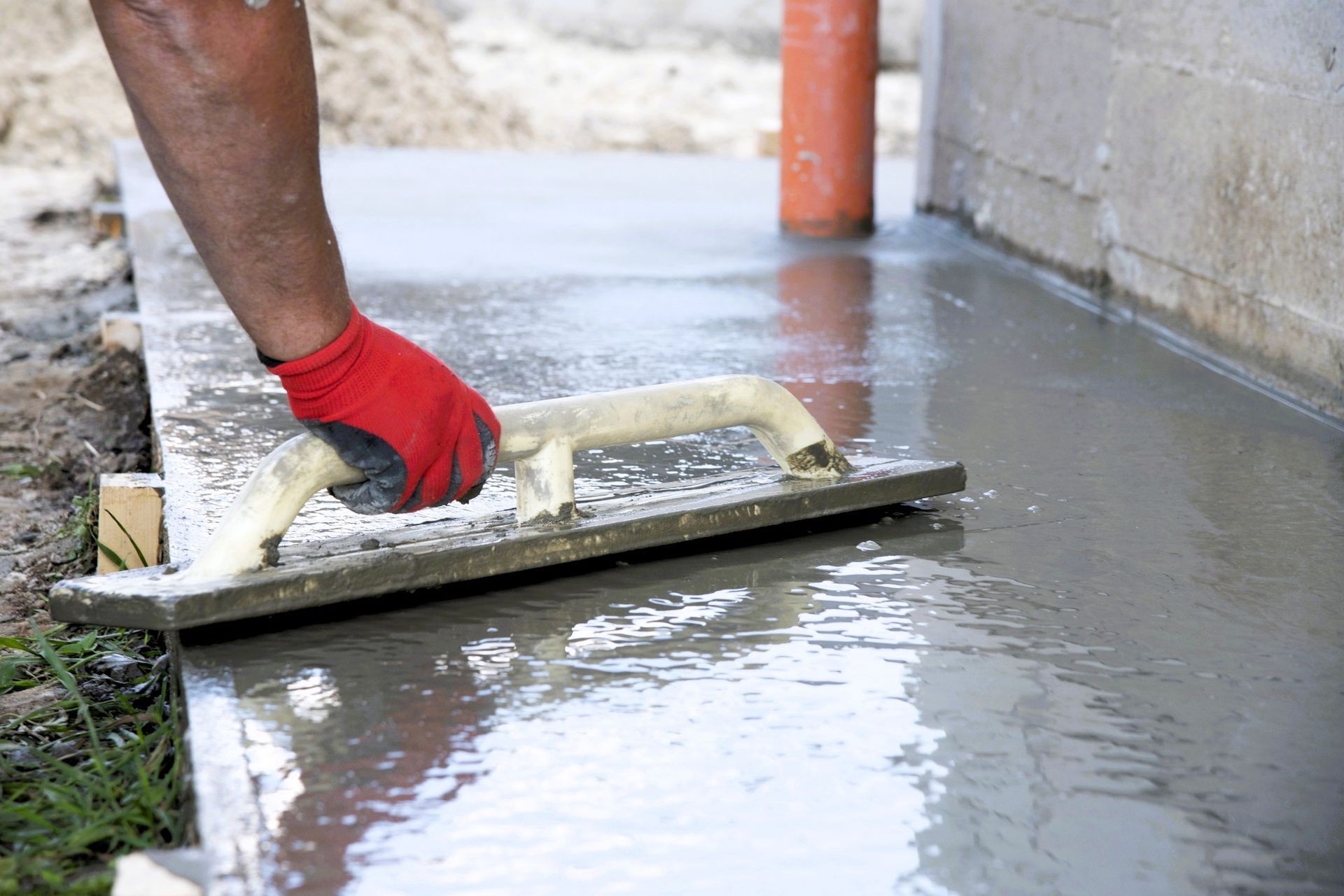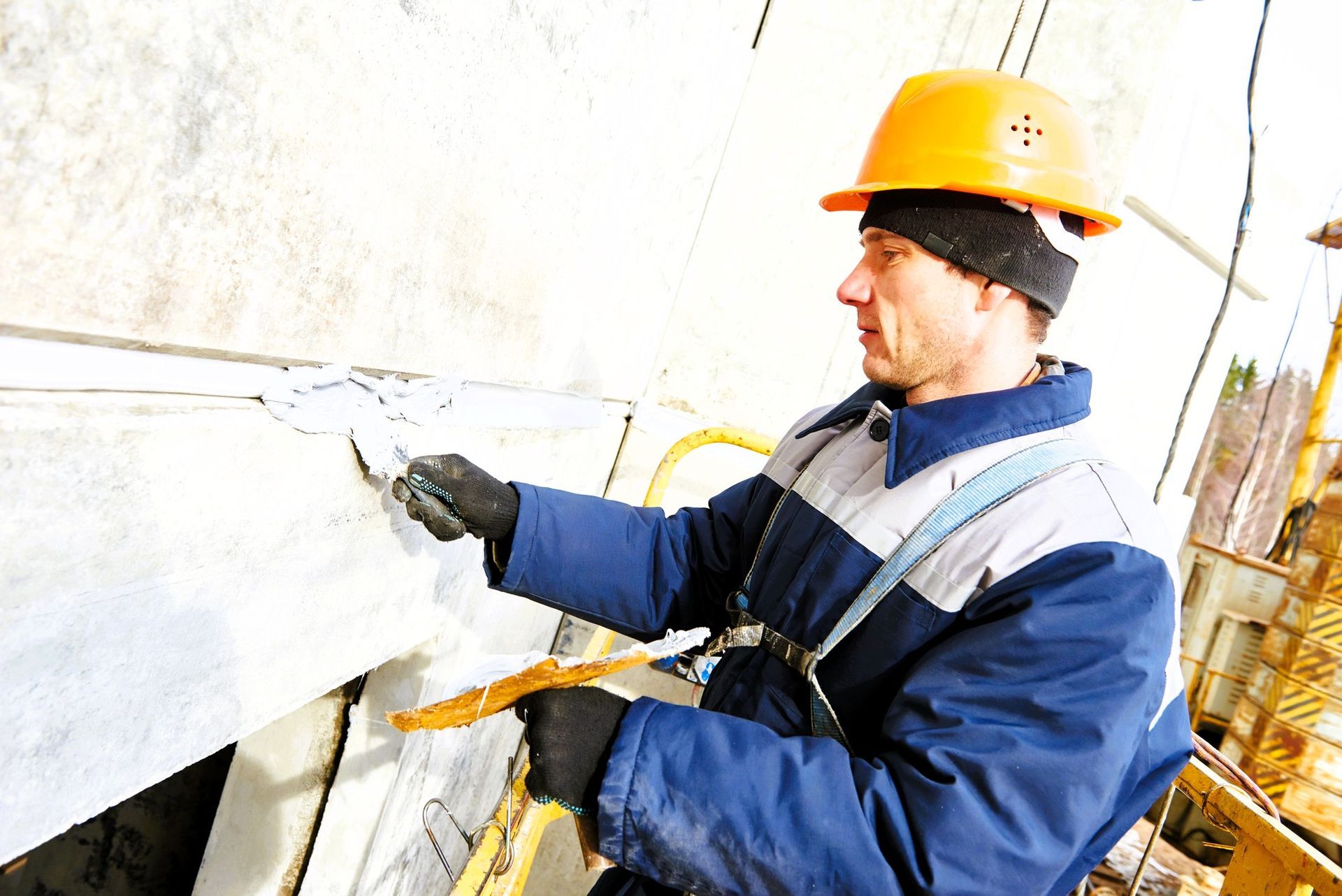Is Concrete Environmentally Friendly? Surprising Facts You Need to Know
The environmental benefits of using concrete in construction

When you think of green construction materials, concrete doesn't usually come to mind. You may imagine soulless skyscrapers and boundless energy consumption — it's not easy to envision the environmentally friendly aspects involved. However, it turns out that things might not be as grim as we'd imagine. Here we set out to present a few surprising facts about concrete that make it greener than we might expect.
Concrete is one of the
most popular materials
used in building properties, housing estates, roads, and bridges. It is important to understand the eco-impact of concrete. This post covers the compound's sustainable features and why it could be a good subject for eco-friendly consumers, particularly homeowners in Grand Rapids. Although our major focus is to provide helpful information, we will guide you through this subject with clear insights, allowing you to make a more informed decision. Concrete will likely find a place in your eco plans by the end.
The Environmental Impact of Concrete
Concrete is a mix of cement, aggregate (sand and gravel), and water. Making the cement part of concrete produces 8 percent of all carbon dioxide emissions in the world. Additionally, producing concrete using raw materials can damage the environment. However, numerous measures can be taken to reduce these impacts and make concrete more sustainable, such as using renewable energy sources in cement production and incorporating recycled materials into the concrete mix.
Durability and Longevity
Another thing we rarely consider is that concrete's durability means that buildings constructed with it need to be replaced less frequently than those built with other materials. This results in fewer materials being extracted and less concrete ending up in landfills over time. Furthermore, concrete is virtually maintenance-free; it rarely requires cleaning and repair compared to natural stone, generating less waste from harmful cleaning agents.
Energy Efficiency
Concrete is gaining popularity as a building material, partly due to its thermal mass—the ability to absorb heat from the sun and retain it. This property helps to reduce energy consumption and carbon emissions associated with heating or cooling buildings. Additionally, natural light and ventilation can be incorporated into concrete structures, lessening the reliance on artificial lighting and air conditioning. Consequently, it is fundamentally a more sustainable choice than other materials that consume significant energy for mechanical ventilation and cooling.
Waste Reduction Through Recycling
Concrete is also recyclable; crushed old structures can be repurposed as aggregate in the construction of new buildings, thereby reducing waste directed to landfills. By using recycled concrete, up to 75 per cent of the energy used to produce new concrete can be conserved.
Concrete vs. Wood
The most intriguing aspect of the comparison is that both materials have environmental impacts. Chemicals are necessary to preserve wood against insects and diseases—affecting both the environment and human health. Conversely, concrete is a safer material with good durability that eliminates the need for chemical treatments. Additionally, processed wood contributes sawdust and other waste that requires special disposal, while concrete generates no waste due to its resistance to rotting and insects.
Environmental Benefits of Concrete
In addition to its sustainability, concrete is actually beneficial for the environment. The carbon dioxide absorbed in concrete structures over their lifetime helps mitigate heat-trapping greenhouse gases. Using local aggregates leads to lower transportation emissions, and concrete's thermal mass can reduce the urban heat island effect by absorbing and dissipating heat more slowly than other materials. Concrete is remarkably versatile—strong enough for construction and visually appealing.
Conclusion
Indeed, concrete is just another material and has environmental impacts. However, advancements in technology and more efficient building methods have rendered it far more environmentally benign than in the past. Concrete's longevity, energy efficiency, and recyclability position it as a solid contender in green construction. When considering the environmental impacts of building materials, think again—concrete might indeed be the building block of a greener future. The next time you encounter a concrete skyscraper or highway, think green; it might be greener than you think.
When you choose concrete, you are opting for a strong and reliable material while committing to a sustainable world. Do you want to learn more about the environmental benefits of concrete?
Contact us to discover how concrete can contribute to your building project.





